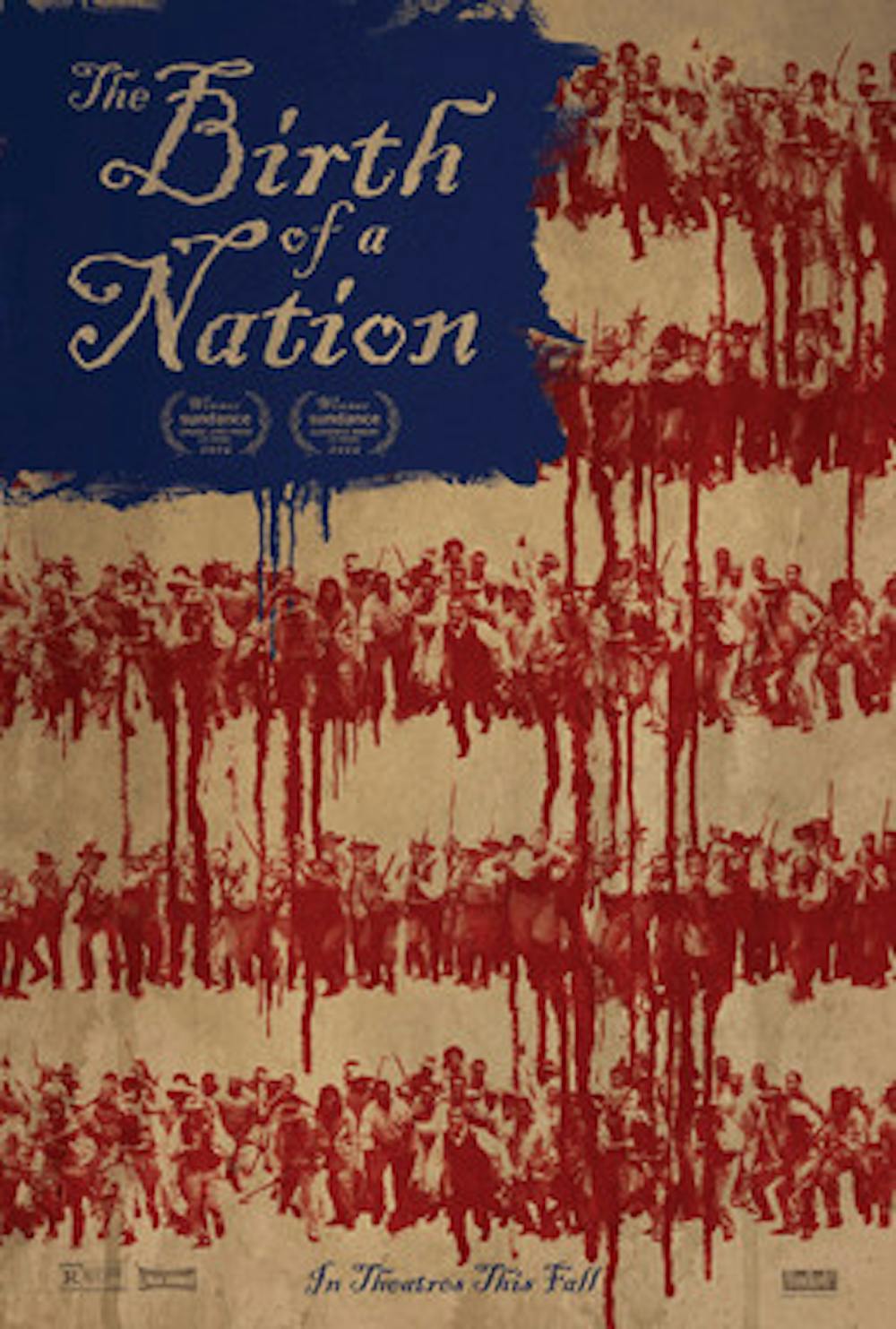“Birth of a Nation,” the story of Nat Turner’s 1831 slave revolt, opened in theaters Friday. But films like “Birth of a Nation” don’t just open: They explode into the collective cultural consciousness, leaving in their wake a tide of think pieces on the hazards of engaging with America’s troubled past on screen.
White cinematic narratives enjoy the privilege of being judged primarily on their artistic merit. Films on slavery are not entitled to such equitable criticism: They are pressured to adhere to the utmost degree of historical verisimilitude, illuminate the varied panoply of black experiences and pander to an overwhelmingly white box office. These asymmetrical expectations construct a perverse incentive system, one of Hollywood’s pernicious mechanisms disenfranchising black storytellers that often become visible only when bubbling over into controversies like #OscarsSoWhite.
With “Birth of a Nation,” director Nate Parker wades into this cultural morass. Turner, a Virginian slave and preacher christened as a prophet by many in his community, led an 1831 slave rebellion against plantation owners, resulting in the deaths of more than 60 whites and prompting an incredibly violent response against Southern slaves.
Often depicted as a religious extremist and murderer of women and children, Turner receives more generous characterization from Parker’s camera. Parker legitimizes Turner’s zealotry and paints him as a rebellious hero in the vein of “Braveheart,” making conscious framing choices like shaping the rebel’s vengeance in more audience-friendly terms. Indeed, in Parker’s narration, Turner commits only two acts of violence, the murders of his slave owner and of the man who raped his wife. These directorial choices are more than understandable — spotlighting black voices and heroism is necessary and important work. The mere fact that Parker succeeded in forcing open a cinematic space to tell Turner’s life story is symbolic, an empowering signal to fellow black auteurs that they, too, can engage in the work of un-silencing black voices in the telling of black history.
But despite Parker’s attempts to force “Birth of a Nation” into the essential canon of slave cinema, his film fails to ascend to the heights of the genre’s recent paradigm-setters such as “12 Years a Slave.” “Birth of a Nation” borrows its title from D.W Griffith’s 1915 Ku Klux Klan propaganda film of the same name, and Parker’s choice to call upon that history reflects not only a reclaiming of slave cinema but also a bold declaration of his film’s intent to push the genre into uncharted waters. Yet “Birth of a Nation” is ultimately content to accept traditional tropes of slave cinema rather than work to challenge and undermine them as “12 Years a Slave” does.
This fact is perhaps most concerning and recognizable in Parker’s representation (or lack thereof) of enslaved black women. Any analysis of this film would be remiss in ignoring the controversy surrounding the revelations of Parker’s involvement in an alleged rape in 1999 and the victim’s suicide in 2012. Entangled in a media firestorm while trying to promote his film, Parker has often resorted to imploring audiences and critics to focus on the film.
Parker’s comments demonstrate a troubling lack of understanding of his film’s subject material. The history of slavery is innately tied to a narrative of sexual violence, and any comprehensive dialogue involving one must include the other. Parker’s attitude is reflected in his film, particularly involving scenes of sexual violence against enslaved black women, which he employs as a cheap plot device to explain male vengeance. Parker depicts the gang rape of Turner’s wife and the forced prostitution of another slave at the hands of a white owner but problematically frames these scenes through the perspectives of the men peripherally affected while literally silencing the voices of the victims. Rape is not a justifiable plot device or an accessory to induce shock — it is an act of violence that must be considered through the eyes of the victim and the ways in which it threatens and informs the victim’s agency.
But the ultimate failure of “Birth of a Nation” does not lie in the various flaws of Parker’s vision. By no fault of its own, the film is forced into representing the same narrow form of black subjectivity that constricts the storytelling powers of “12 Years a Slave,” “Django Unchained” and much of slave cinema more broadly. “Birth of a Nation” centers its narrative on an exceptional black male hero who is an outsider to the slave system, often at the expense of representing the experience of the four million slaves ‘left behind’ and without considering profoundly other alternative forms of black representation.
Hollywood demands uplifting stories from its slave films — demands that privilege the journeys of male protagonists moving from enslavement to freedom. While certainly inspirational, the experiences of Turner or Solomon Northup of “12 Years a Slave” do not necessarily reflect the lived experiences of most slaves for whom actual freedom was but a fleeting and taunting illusion.
For most slaves, rebellions and resistances existed on a much smaller scale. Their own ability to defy dehumanization by preserving identity and culture would make for a rare and illuminating perspective to tell. It is at this intersection of history and cinema that the latter often fails: History can tell non-linear stories unencumbered by feel-good arcs in a way that Hollywood cinema struggles to accomplish.
Ultimately, if portrayals of slaves who did not obtain freedom are less common than portrayals of liberation, we have Hollywood and primarily white moviegoers, who have deemed such representations of black experience commercially unviable, to blame. Still, abandoning the broader spectrum of black subjectivity in favor of more dramatically heroic narratives neglects the varied ways black agency in the slavery-era South manifested itself.
Parker concludes “Birth of a Nation” by zooming in on the face of a young slave boy watching Turner hang from a noose. As the camera draws nearer, the boy’s face transforms into that of a man wearing Union colors charging into battle in the Civil War. The linear implication is clear: Turner’s rebellion paved the way for future black resistance and freedom. It’s the type of stirring visual that drips of Hollywood conventionalism, but the scene reflects an unfortunate tendency in slave cinema.
In a recent Atlantic article, Vann Newkirk II argues that black history is too often relegated to a simplistic and inevitable march toward progress and liberation, when in reality black history is “both a celebration of how far black people have come in an ongoing struggle for equality and a reminder of the near impossibility of that struggle.” Until we accept that inherent complexity, it will remain difficult for cinema to truly do the nuances within that history justice.
Daniel Wayland ’18 intends to write a thesis on slave history and cinema and can be reached at daniel_wayland@brown.edu.





